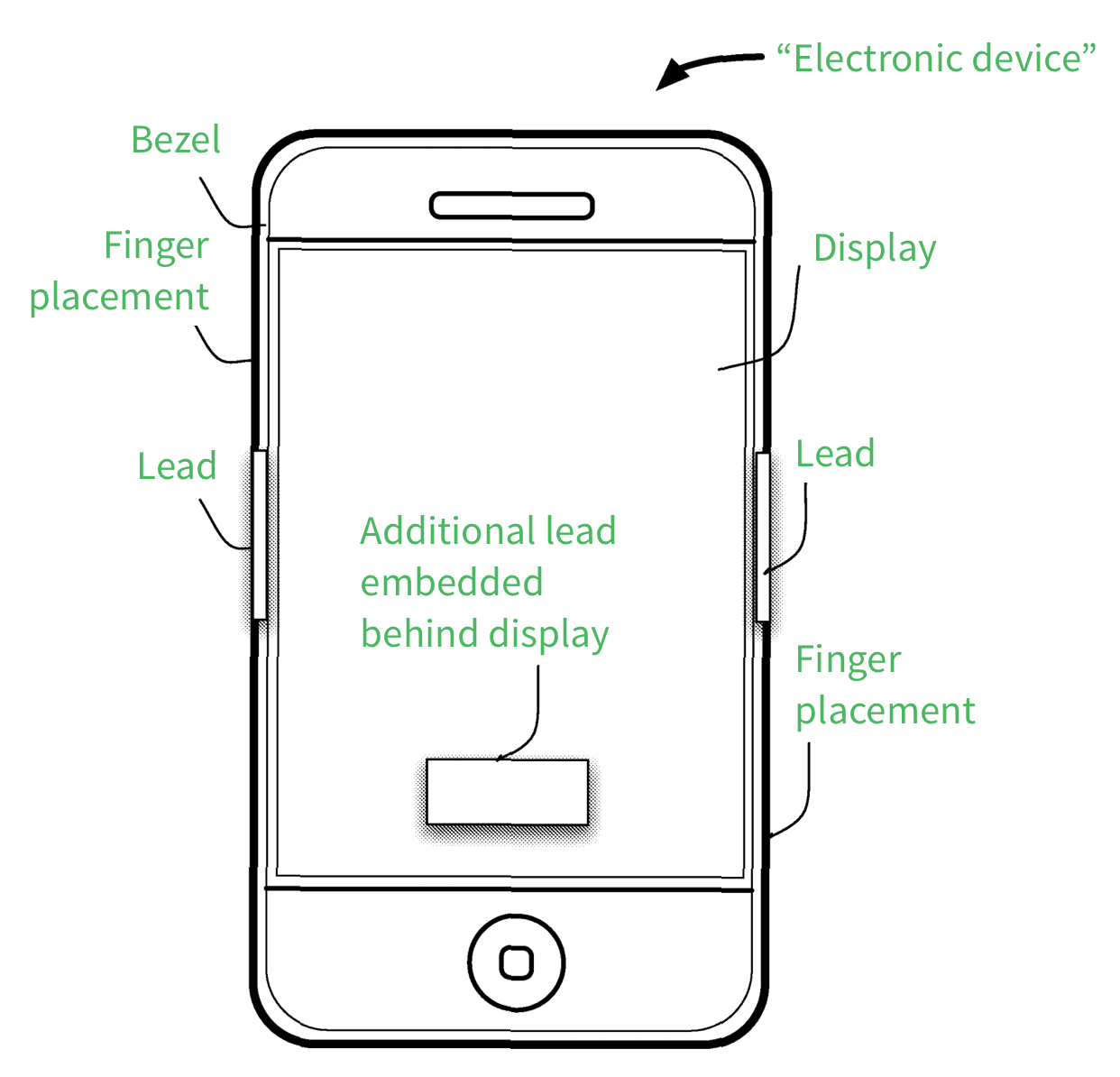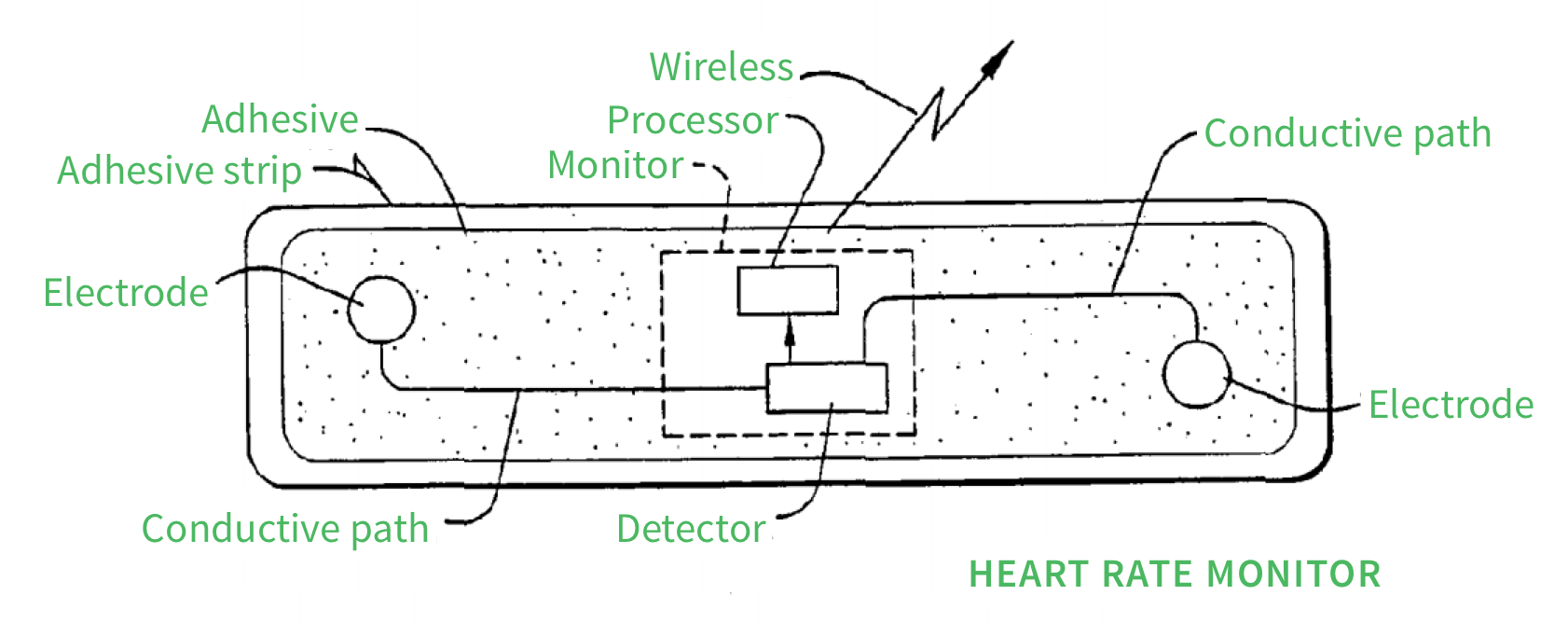Five signs that Apple is creating a health product
Last week, Apple announced record quarterly revenue and earnings and was subsequently rewarded with almost 10% of its stock value being wiped out. Analysts cited anemic growth for the tech giant, and apparent saturation in the high-end smartphone market. Not surprisingly, many investors are wondering whether the category invented by the iPhone was a once in a lifetime opportunity. In fact, smartphones represent an era of computing that has far exceeded the previous era of personal computers in both install base and usage. Apple seems less concerned, perhaps because their eyes are set on the next era of computing—wearables.
Over the past year, Apple has been quietly building up the resources necessary to release a health product of their own. If the past continues to repeat itself, the digital health landscape could see a huge shift as the standard setter works to create a product that consumers love and use. Culminating in a meeting late last year between senior Apple execs and the FDA, here are five signs that a potentially game-changing digital health product is on the horizon.
1. “The whole sensor field is going to explode.” -Apple CEO Tim Cook
Tim Cook has indicated that wearables are an area of intense interest for Apple, labeling it as a “key branch of the tree” for the post-PC world at D11 last year.
2. The M7 coprocessor.
Apple has already released dedicated hardware for tracking health. The M7 coprocessor is included in every iPhone 5s and has been designed specifically to monitor physical activity, using motion data from the phone’s embedded sensors. The chip has been engineered from the ground up to sip power, extending battery life while allowing for high resolution capture of activity data. Leading fitness apps including Moves, Nike+ Move and Fitbit’s MobileTrack feature take advantage of the new hardware.
Shipping this component in the high volume iPhone product category has allowed Apple to bring the M7 to scale much faster than if they had initially released it within a new product category. The company’s relentless focus on integrated hardware and software experience has allowed them to achieve unmatched performance, and battery life is likely to be one of the keys to winning in wearables.
Bonus: With its “secure enclave” in the A7 processor designed for managing fingerprint data, Apple has also proven it can manage biometric data that is intended to be kept highly secure.
3. They’re hiring medical device experts.
- Ravi Narasimhan, a Stanford PhD with expertise in “biomedical algorithms, data analysis and wireless technologies” and former VP of R&D in Biosensor Technologies at Vital Connect joined Apple in December 2013 (LinkedIn).
- Nancy Dougherty, who previously worked at digital health sensor startups Proteus and Sano Intelligence, was hired in December (LinkedIn).
- Michael O’Reilly, the former CMO of Masimo, developers of a pulse oximeter for the iPhone, joined Apple in July (LinkedIn).
- Dr. Todd Whitehurst, a self-proclaimed “medical device R&D professional” and former VP of Product Development of Senseonics, a developer of glucose sensors, joined Apple 8 months ago as a Director of Hardware Development (LinkedIn).
- Ueyn Block who was formerly with C8 MediSensors developing “non-invasive measurement of substances in the human body” joined 10 months ago as a Technical Lead for Optical Sensing (LinkedIn).
- Yuming Liu, who previously worked at O2MedTech and Accuvein, was hired as an Analog Engineer (LinkedIn).
- Bob Mansfield, Apple’s longtime lead for hardware engineering, was lured out of retirement to develop unspecified “future products.” The New York Times reports that Mansfield has been exploring sensor technologies for health and is directly involved with the future smartwatch project.
4. Intellectual property.
In 2009, Apple filed a patent for a “seamlessly embedded heart rate monitor” and was ultimately awarded the patent by the United States Patent and Trademark Office (USPTO) in late 2013. The patent covers the use of embedded sensors to measure a user’s heartbeat, heart rate, or other cardiac signals. The patent further covers locating the leads in accessories, such as headphones (or perhaps a wearable device).
Source: USPTO, annotations by Rock Health
Apple has also explored using personal area networks that would cover items such as the “event monitor device” (EMD) that would include an adhesive strip, a processor, a detector, and a communications port. The patent provides an example of monitoring an individual’s heart rate for events over a threshold (e.g., 180 beats per minute). While such a device sounds familiar to iRhytm’s Zio patch, the patent suggests Apple is looking more broadly into the development of an ecosystem of products that would be anchored by a single wearable platform device (likely wrist-worn), and augmented through various hardware sensors that could live in, on, or around the body and communicate with the primary device.
Source: USPTO, annotations by Rock Health
Most recently, Patently Apple has uncovered a patent application for a medical app that can monitor physiological data (e.g., arrhythmias), and either store it on a device like an iPhone and/or transmit the data to health facilities via a communication network. The patent was filed by Naeem Ansari, who was also behind a recent financial system patent that was ultimately assigned to Apple.
5. Check-in with the Food and Drug Administration (FDA).
Senior Apple executives met with FDA leadership, including the Director of the Agency’s Center for Devices and Radiological Health, which has oversight of medical devices, and Bakul Patel, the author of the FDA’s guidance on mobile medical applications. Patel’s guidance indicates that any mobile technologies which are intended for use in the diagnosis of a medical condition, or in the cure, mitigation or treatment of one will be regulated as medical devices.
